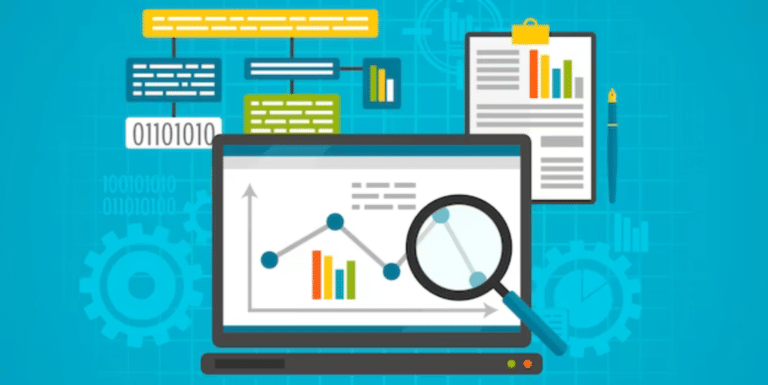Free Plagiarism Site: Comprehensive Guide to Writing Original Content in 2023
Free plagiarism sites are tools that can save you from the trouble of unintentional plagiarism. Plagiarism is a serious offense, and it can have grave consequences. It is not only unethical but also illegal in academic and professional settings. Thankfully, there are online tools that can help you detect plagiarism and ensure that your work…
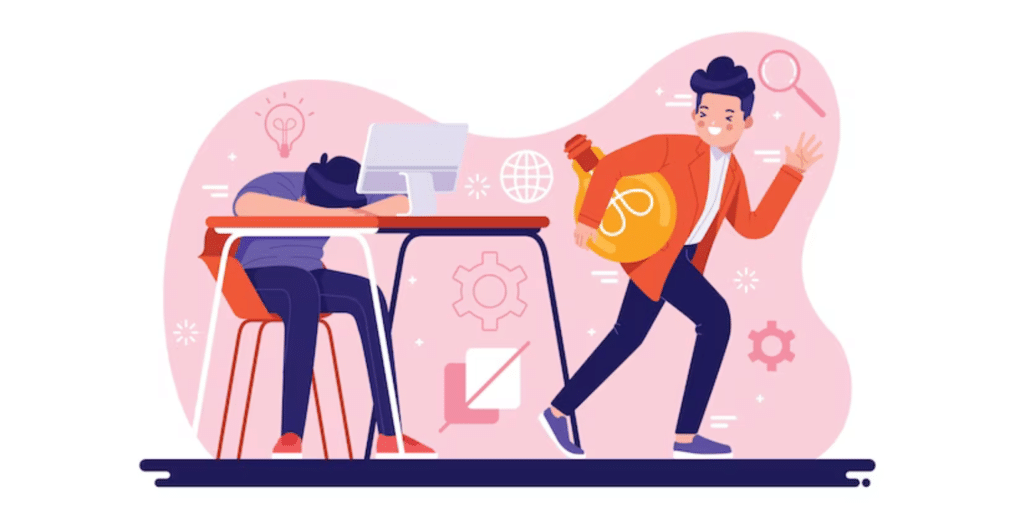
Free plagiarism sites are tools that can save you from the trouble of unintentional plagiarism. Plagiarism is a serious offense, and it can have grave consequences. It is not only unethical but also illegal in academic and professional settings. Thankfully, there are online tools that can help you detect plagiarism and ensure that your work is entirely original.
What is Plagiarism?
Plagiarism is stealing someone else’s content without due acknowledgment or permission. It can be intentional or unintentional and can happen in many forms, such as copying and pasting text, paraphrasing without citation, reproducing media, etc. Plagiarism is a major issue in today’s world. It is a problem for academic institutions, publishers, and content creators, as it diminishes the originality and value of their work. Since the advent of the internet, plagiarism has become more prevalent due to easy access to a large amount of information.
To avoid plagiarism, writers must acknowledge their sources and give proper credit. This can be done using quotation marks, in-text citations, and referencing. Understanding the different types of plagiarism and their associated consequences is also essential. Accusing someone of plagiarizing without proper evidence can also lead to legal trouble. Intentionally plagiarizing content can cause serious academic, professional, and legal repercussions. Therefore, any content creator or writer should always prioritize original and authentic work to maintain credibility and avoid accusations of plagiarism. Plagiarism checker tools are available to check the originality of content and help writers avoid unintentional plagiarism.
Importance of Creating Original Content
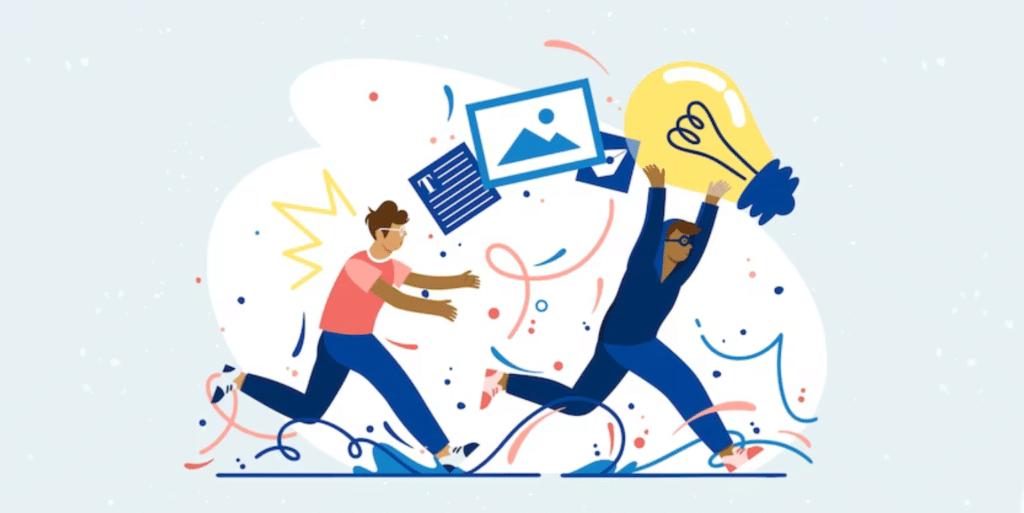
Creating original content is essential in building an online presence, especially in today’s competitive digital landscape. Search engines like Google prioritize websites with unique, valuable, and relevant content that can effectively address their users’ search queries. As a result, producing original content can increase your website’s visibility, organic traffic, and overall online authenticity.
On the other hand, plagiarized content can result in several adverse consequences that can negatively impact your website’s performance. Search engines can penalize websites with duplicated or copied content by lowering their search rankings, reducing their organic traffic, or in some cases, completely removing them from their results. This is because of the search engine’s goal to provide valuable and authentic content to users, and plagiarism goes against this.
Aside from the technical repercussions, plagiarism can damage your online reputation and credibility. Publishing plagiarized content can make you appear lazy, unprofessional, and lacking in originality, ultimately losing the credibility and trust of your audience.
Moreover, creating original content is beneficial for your website’s online performance and the satisfaction of your readers. Unique, engaging, and informative content can capture your audience’s attention, build their trust and loyalty, and potentially turn them into repeat visitors or customers.
Benefits of Using Free Plagiarism Sites

Using free plagiarism sites can have several benefits for content creators, including:
- Ensuring originality: One of the most significant benefits of using a free plagiarism site is that it can help ensure the originality of your content. By running your text through a plagiarism checker, you can identify any copied or duplicated content and make the necessary changes before publishing.
- Avoiding copyright infringement: Creating original content is not only essential for ethical reasons but also for legal ones. Plagiarizing someone else’s work can result in copyright infringement, leading to legal consequences. Using free plagiarism sites, you can avoid unintentionally infringing on someone else’s copyright.
- Improving credibility: Publishing original content can help improve your credibility and authority among your audience. Creating unique and informative content shows that you are knowledgeable in your field and are willing to put in the effort to produce high-quality articles or blogs.
- Enhancing SEO: Creating original content can also positively impact your website’s SEO performance. Search engines prioritize unique and valuable content, and by using free plagiarism sites to ensure originality, you can improve your website’s search rankings and attract more organic traffic.
- Strengthening relationships with readers: Creating original content that resonates with your audience can help strengthen the relationship between you and your readers. Using free plagiarism sites to avoid duplicating content can create meaningful connections and potentially turn your readers into loyal customers or followers.
4 Major Types of Plagiarism

To improve your comprehension of plagiarism, become acquainted with the numerous varieties. We will look at the four basic types of plagiarism typically detected during the research process.
Clone Plagiarism
Clone plagiarism is a type of plagiarism that refers to copying and pasting an entire piece of work from someone else without any modifications or original input. This form of plagiarism involves stealing someone else’s work and presenting it as one’s own, which is unethical and can lead to severe consequences.
Clone plagiarism is one of the easiest forms to detect, as the copied text will be identical to the original. Students who lack the skills to create original content often use it under time pressure to complete their assignments. However, this practice is not limited to students alone, as professionals and academics are also known to engage in this type of dishonesty.
One key problem with clone plagiarism is its lack of critical thinking and analytical skills. By copying someone else’s work, students and professionals rob themselves of the opportunity to engage with and critically reflect on the subject. This can be detrimental to their learning, as they miss out on an opportunity to develop essential skills.
Partial Plagiarism
Partial plagiarism is a form of academic dishonesty involving copying some text sections rather than the entire work. This may include phrases, sentences, or paragraphs lifted directly from the source. While it may seem less unethical than outright clone plagiarism, partial plagiarism is equally damaging and can have serious consequences for individuals caught engaging in it.
One of the most significant issues with partial plagiarism is that it still violates intellectual property rights. It is not enough to change a few words or rephrase a sentence and then claim the work as one’s own. Even small portions of text lifted directly from the source without proper attribution are considered plagiarism and are subject to penalties.
Finally, it is worth noting that partial plagiarism can be intentional or unintentional. In some cases, individuals may not realize that they have inadvertently copied someone else’s work, either because they did not properly cite their sources or did not fully understand the material they were reading. However, even unintentional plagiarism can have serious consequences, especially if it occurs repeatedly or in a high-stakes context such as a thesis or dissertation.
Mix-and-Match Plagiarism
Mix-and-match plagiarism is a type of plagiarism that involves combining small portions of text from different sources to create a new document. This type of plagiarism is often more difficult to detect than other forms because it involves taking snippets of text from multiple sources and piecing them together like a jigsaw puzzle.
While mix-and-match plagiarism may seem easy to create new content, it is important to understand that it still violates intellectual property rights. Copying and pasting from multiple sources without proper attribution is not only unethical, but it is also illegal in many cases.
One of the biggest problems with mix-and-match plagiarism is that it can be difficult to catch using standard plagiarism checkers. These tools are designed to identify exact matches between a submitted document and existing sources, but they may not be able to detect mix-and-match plagiarism if the text is rearranged or reworded in a way that makes it appear original.
Furthermore, mix-and-match plagiarism can also lead to issues with accuracy and quality. When multiple sources are combined in this way, it can be easy to accidentally include conflicting information or ideas. In addition, when small portions of the text are taken out of context and used out of order, it can result in a document that lacks cohesion and clarity.
Self-plagiarism
Self-plagiarism is a serious issue that can have significant consequences for academic and professional writers. Essentially, self-plagiarism refers to the act of reusing one’s own previously published work without proper attribution or permission. This can take many forms, from submitting the same paper for multiple courses or conferences to repurposing sections of a previous article or book without acknowledging the source.
At first glance, self-plagiarism may not seem like a major concern. After all, how can plagiarism be if the writer uses their own words and ideas? However, the problem lies in the fact that by double-dipping, so to speak, the writer is effectively passing off old work as new. This can mislead readers, particularly in academic contexts where the goal is to contribute to the collective knowledge of a particular field. When writers recycle their work, they add nothing new to the conversation and simply regurgitate old ideas.
Additionally, self-plagiarism can have legal and ethical implications. For example, if a writer signs a contract giving a publisher exclusive rights to a particular piece, they cannot simply reuse that work without permission. Similarly, if a writer submits the same article to multiple journals or conferences without disclosing that it has been previously published, they could face accusations of academic misconduct.
Additional Instances of Unintentional Plagiarism
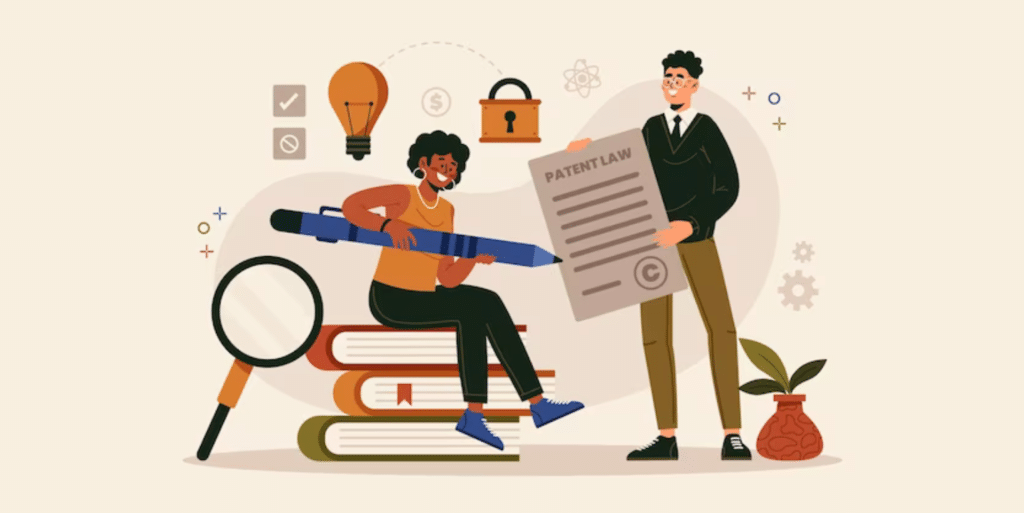
While intentionally copying someone else’s work and passing it off as your own is one form of plagiarism, unintentional plagiarism is another common problem. Even the most well-intentioned writer can find themselves accidentally plagiarizing someone else’s work, often because they don’t understand what constitutes proper citation or how to paraphrase effectively.
Collaboration Plagiarism
Collaboration is essential to many projects, whether in school, work, or even personal life. However, collaboration can also present a risk for plagiarism, especially if proper credit isn’t given to all involved parties.
Collaboration plagiarism occurs when multiple individuals contribute to a work, but one or more individuals take credit for the entire project. This can happen intentionally or unintentionally, but it is a form of academic dishonesty.
To avoid collaboration plagiarism, it’s important to clearly define each person’s role in the project and establish guidelines for how credit will be given. One way is to have everyone involved sign an agreement outlining their responsibilities and how credit will be attributed. This can help prevent confusion and ensure everyone receives proper recognition for their contributions.
Unfound Source Plagiarism
Unfound source plagiarism occurs when a writer uses information, ideas, or language from a source they cannot properly cite, either because they are unaware of the source or deliberately shielding the source.
This type of plagiarism is particularly tricky because it can be unintentional. A writer may not realize that their information is from an unfound source, which can lead to accusations of academic dishonesty. To prevent unfound source plagiarism, writers should always trace their sources and make sure they are properly cited.
One way to do this is to use online plagiarism checkers, which can quickly and accurately scan written work and identify instances of plagiarism. These tools can also help writers identify unfound sources as they may flag passages suspiciously similar to other texts, even if the source is not identified.
Bit-by-bit Plagiarism
Bit-by-bit plagiarism, or patchwork plagiarism, is a common form of academic dishonesty where writers lift content sections from various sources and combine them in their work without proper attribution. It can be tempting to copy and paste when trying to meet deadlines or when struggling to develop original ideas, but it is important to remember that this type of plagiarism can have serious consequences.
Not only is bit-by-bit plagiarism unethical, but it can also harm the quality of your work. Copying and pasting content from various sources can create a disjointed and confusing piece that lacks coherence and originality. It is crucial to take the time to properly research and understand the topic to produce a high-quality, unique work that reflects your ideas and analysis.
One effective way to avoid bit-by-bit plagiarism is to use proper citation methods. Whenever using someone else’s words or ideas, it is important to provide proper attribution through in-text citations and a bibliography or works cited page. This avoids plagiarism and shows the reader where the information was sourced from for further reading and verification of the information presented.
Consequences of Plagiarism
Plagiarism has a number of negative effects on both individuals and their academic or professional aspirations. Here are a few examples:
Impact on School Reputation
Plagiarism seriously affects educational institutions because universities and schools place a high value on maintaining a positive reputation. As a result, when plagiarism occurs, these institutions take it seriously. Students who are found guilty of plagiarism may risk suspension or expulsion.
Negative Implications for Business
Professionalism is essential to running a successful organization, and ethical behavior is important in that framework. If a business owner is suspected of plagiarism, they may face legal action from the industry or be fired. Furthermore, being accused of plagiarism might make it difficult to acquire the trust of future colleagues or possible partners.
Publishing Consequences
Experienced writers and publishers understand the complexities of the publishing industry. When someone in this industry is accused of plagiarism, it can have serious consequences for their publication career, potentially halting their advancement.
Copyright Violation
Copyright rules plainly state that content ownership belongs only to the original author. As a result, plagiarism is a direct violation of these rules, with legal ramifications that could result in jail.
Financial Ramifications
Suppose you are proven guilty of plagiarism, whether a student or a professional. In that case, the affected author may seek financial restitution to compensate for the harm caused by the crime.
How to Avoid Plagiarism
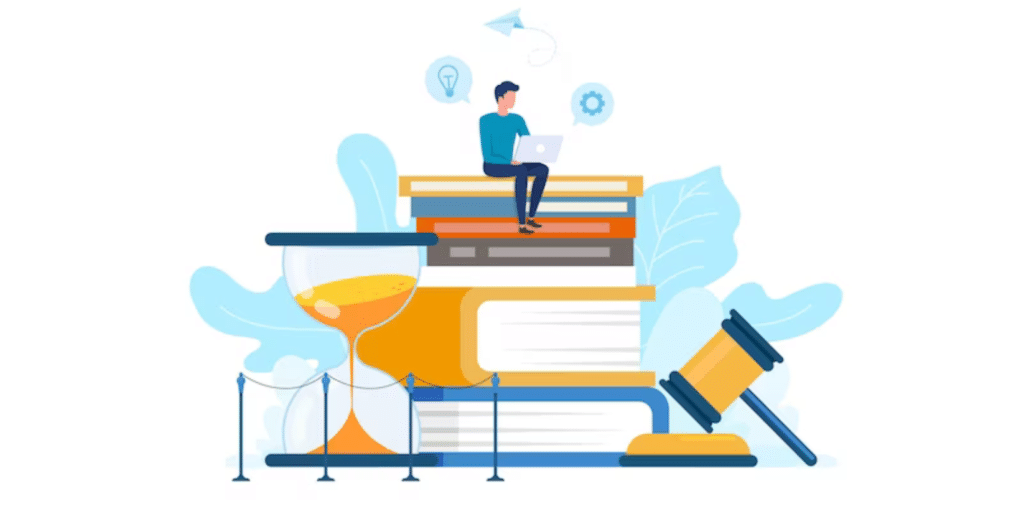
It is critical to respect the standards of originality and intellectual honesty when engaged in academic or artistic undertakings. Here are some techniques for avoiding the major penalties of plagiarism:
Use Accurate Citations
It is essential to carefully cite your sources to avoid plagiarism and ensure your work is properly recognized. It might be discouraging to put time and effort into a project or research just to have someone else claim credit for it. To avoid this, it is strongly advised to show respect for the efforts of other authors by properly citing references. Not only should you acknowledge sources, but you must also do so correctly and correctly to avoid unintended plagiarism. You can research the relevant citation styles for the various types of documents you are working on to help you with referencing.
Using Quotations
Although it may appear straightforward, quotation marks protect you from plagiarism accusations. This powerful symbol allows you to give credit to the creator of the content you’re using. Using quotation marks is, therefore, an efficient strategy to avoid the many implications of plagiarism.
Paraphrasing
Learning to paraphrase can spare you from the financial consequences of plagiarism. When paraphrasing, you rewrite the content in your terms, ensuring that you convey the same point without using the same wording as the original author. This procedure is often recommended as one of the most successful free plagiarism sites.
Popular Free Plagiarism Sites
When it comes to writing content, plagiarism can be a major issue. Using someone else’s work without proper citation is unethical, and it can have severe consequences for those caught doing it. Luckily, many free plagiarism checkers are available online to help ensure your content is unique and original. Here are some of the most popular free plagiarism-checking websites:
Grammarly
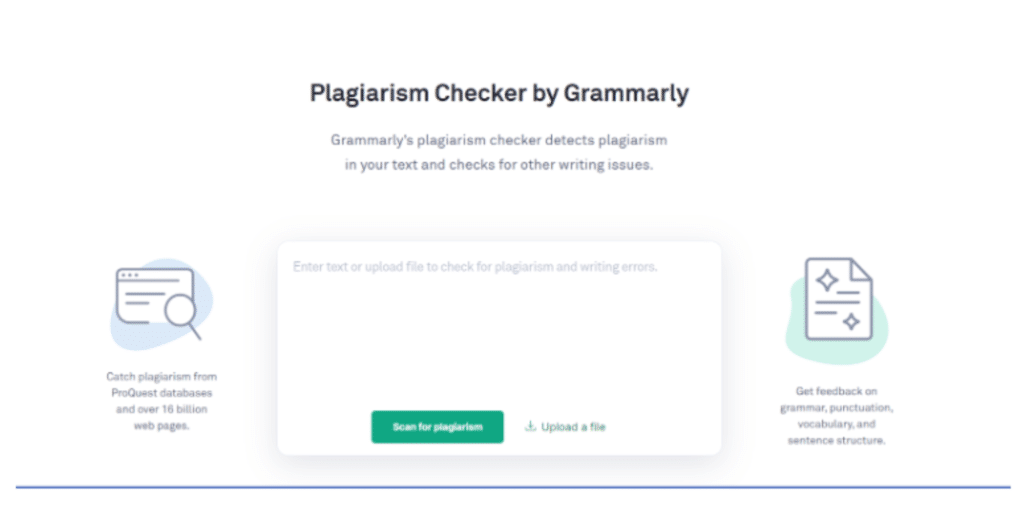
Grammarly is an award-winning digital writing tool that has revolutionized how people write online. It is designed to help users produce high-quality written content by providing instant grammar, spelling, and punctuation suggestions.
One of the unique features of Grammarly is its ability to detect context-specific spelling errors. For instance, it can differentiate between ‘there’ and ‘their’ and ‘its’ and ‘it’s,’ which can significantly enhance the accuracy of your writing. The tool also suggests common grammar mistakes like subject-verb agreement and misplaced modifiers.
Another vital feature of Grammarly is its plagiarism checker for students and writers, which scans your content for potential plagiarism issues. This ensures that your work is original and free from unintentional plagiarism. The software also highlights instances of passive voice, which can weaken your writing and affect its impact. It’s also good for other file formats such as PDF files, Docx, and others.
PaperRater
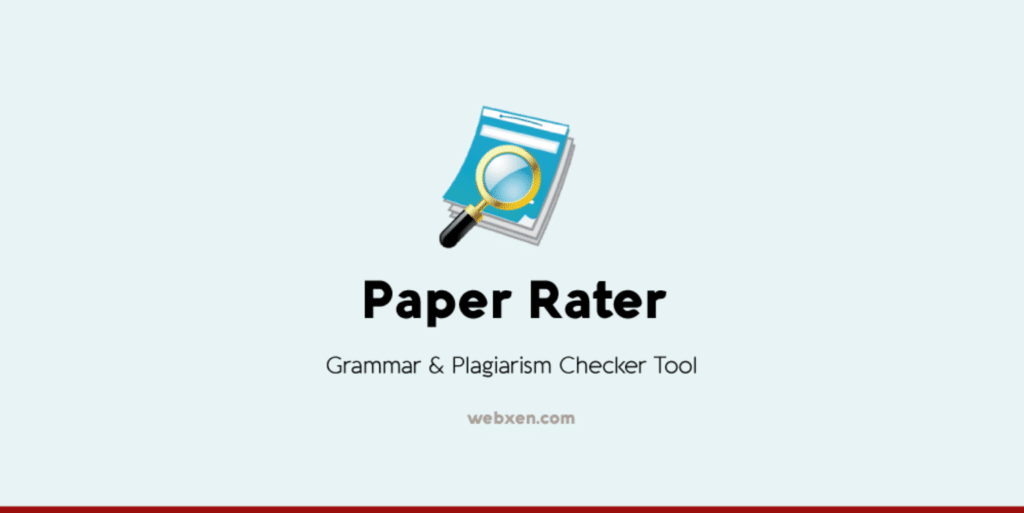
If you’re a writer, a student, or someone dealing with much-written content, you know plagiarism is a big no-no. Whether you’re unintentionally copying someone else’s work or simply struggling with creating original content, plagiarism can have serious consequences. That’s where PaperRater comes in.
PaperRater is an online tool that can help you create original content by scanning your content for plagiarism and providing detailed reports on its findings. Using a combination of artificial intelligence and natural language processing, PaperRater can check your work against billions of online sources to ensure that your writing is 100% original.
Duplichecker
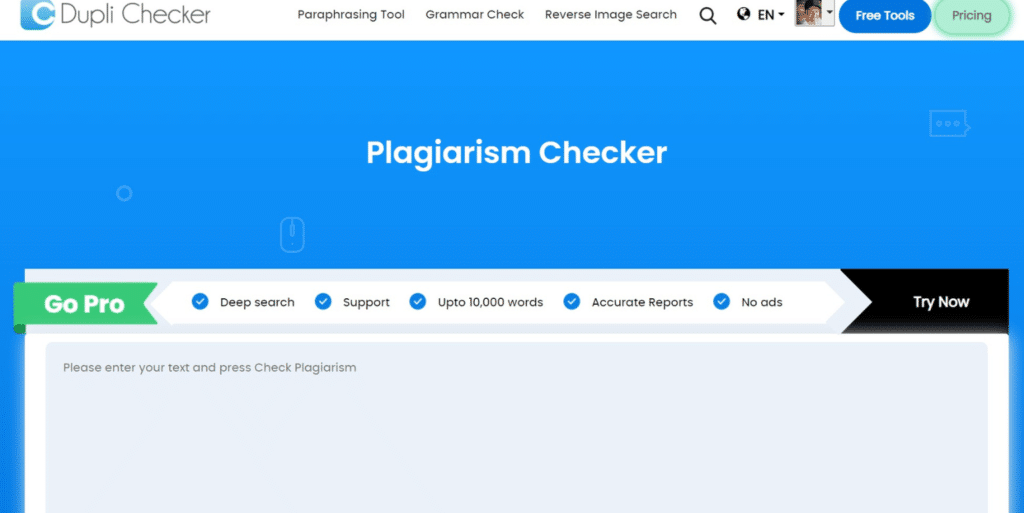
As a content writer, you know that creating original, plagiarism-free content is crucial. But it can be difficult to ensure your work is original, especially when you’re using sources from all over the web. This is where Duplichecker comes in.
Duplichecker is one of the most accurate plagiarism checkers in the market. It is also a duplicate content detector tool that can help you verify the originality of your work. With Duplichecker, you can quickly scan your writing against billions of web pages to determine your work’s original content percentage. And if any instances of duplicate content are found, Duplichecker will highlight them for you, making it easy to identify and correct any issues.
But Duplichecker isn’t just a plagiarism checker. It also offers additional features that can help you improve your writing. For example, you can check the grammar and spelling of your writing, ensuring that it’s error-free and easy to read. You can also check the readability of your writing, making sure that it’s appropriate for your target audience.
Quetext
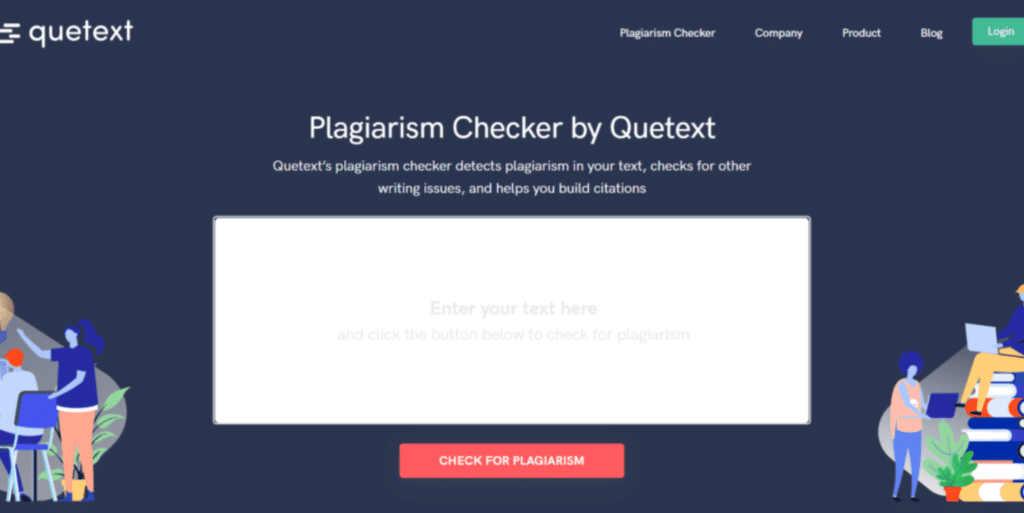
If you are a content writer or academic researcher, you are likely familiar with the importance of producing original, plagiarism-free work. Plagiarism can often mean serious consequences, such as being accused of copyright infringement or facing academic penalties, which is why it’s so critical to use reliable plagiarism-checking tools. Quetext is a powerful online plagiarism checker tool that offers a comprehensive range of features to help writers produce high-quality, original work.
Additionally, Quetext provides detailed plagiarism reports that outline not only the percentage of original content in your writing but also provide examples of the instances of plagiarism found. This gives you a clear understanding of what areas to address or rewrite to ensure your work is entirely plagiarism-free.
PlagScan
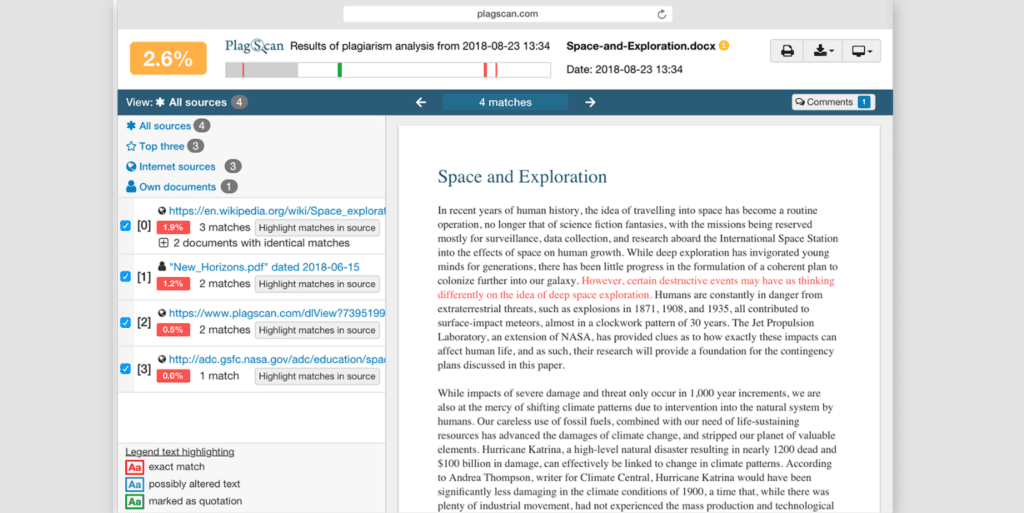
PlagScan is an excellent tool that helps writers create original, plagiarism-free content. This comprehensive plagiarism scanner software is designed to detect plagiarism in any form of text, including academic papers, scholarly articles, essays, and online sources. It provides accurate plagiarism checks and generates detailed reports highlighting plagiarism instances in the text.
The software uses an advanced algorithm that scans each document or writing sample to identify potential similarities or match content against billions of web pages and other original sources. It then assigns an originality score, allowing the writer to understand the level of unique, plagiarism-free content in their work. This ensures that writers can be confident in the originality of their text and eliminate any risk of copyright infringement.
But PlagScan goes further than just identifying text that is not original. The software also highlights unintentional or accidental plagiarism, allowing writers to learn and avoid these mistakes. Furthermore, it provides tools for in-text citation and reference management, allowing the writer to generate accurate citations and bibliographies and maintain the text’s integrity.
How to Use a Free Plagiarism Site
As a writer, ensuring that your content is original and free from plagiarism is important. But with so much online information, it can be not easy to ensure that you are not inadvertently using someone else’s work. Fortunately, free plagiarism sites can help you check your content and ensure its originality. Here are some tips for using a free plagiarism site effectively:
1. Choose a reputable plagiarism checker: Many plagiarism checkers are available online, but not everyone is reliable. Do your research and select a plagiarism checker known for providing accurate results.
2. Copy and paste your text: Once you have selected a plagiarism checker, simply copy and paste your text into the provided text box on the site. Some plagiarism sites allow you to upload a document directly, but copying and pasting your text is usually the easiest and most efficient option.
3. Wait for the results: Once you have submitted your text, the plagiarism checker will analyze it and reh port any potential plagiarism. This report will typically include a percentage score indicating the amount of your text that matches other sources and a list of the sources that match your text.
4. Review the report: Take the time to carefully review the report and identify any instances of plagiarism. If you find any matches, you must rework your text and properly cite the sources used.
5. Use the plagiarism site regularly: It is a good idea to use a plagiarism checker regularly to ensure that your content is always original and free from plagiarism. This will help you maintain your professional reputation as a writer and avoid accusations of dishonesty or copyright infringement.
Trust Your Insights
When performing research, trust your gut and understanding. Trust your observations about the subject matter and acquire the talent for paraphrasing. Strive to thoroughly understand your issue and use free plagiarism sites to supplement your efforts. You can communicate your distinct perspective and thoughts within a certain environment. Devote time to studying and exploring many facets of your subject, and take pride in knowing that your work represents your views and ideas.
FAQS
Here are some frequently asked questions about plagiarism checkers.
What is a plagiarism checker?
A plagiarism checker is an online tool that scans written works for instances of plagiarism by comparing them against a database of previously published works and online resources.
How does a plagiarism checker work?
A plagiarism checker compares a submitted written work against a database of previously published works and online resources. The tool then identifies any instances of plagiarism and highlights them for the user.
Why is it important to use a plagiarism checker?
Using a plagiarism checker ensures that written works are original and free of plagiarism. This is important for academic and professional integrity, as well as avoiding potential legal issues.
What types of written works can be checked with a plagiarism checker?
A plagiarism checker can be used to check any type of written work, including essays, research papers, articles, and website content.
Are there different types of plagiarism checkers?
Yes, there are different types of plagiarism checkers available, with varying features and capabilities. Some are free, while others require a subscription or payment.
Can a plagiarism checker guarantee 100% originality?
No, a plagiarism checker cannot guarantee 100% originality, as there may be instances of plagiarism that are not detected by the tool. However, using a plagiarism checker can significantly reduce the likelihood of unintentional plagiarism.
Utilize Free Plagiarism Sites
With so much internet content available, determining if your work complies with plagiarism guidelines might be difficult. Fortunately, there are free plagiarism detector sites that can provide information and aid. You may simply assess the originality of your study and ensure that your work is plagiarism-free by using these tools.
Researching and identifying the most dependable and useful resources is critical when using free plagiarism tools. Rather than relying on any app, look for solutions that deliver high-quality results. For example, Web Analyx‘s free plagiarism tool is an excellent choice for guaranteeing that all of your writing is free of plagiarism. This program can also protect you from the harmful consequences of copyright infringement. Consider going to the website right now to use this useful resource.





